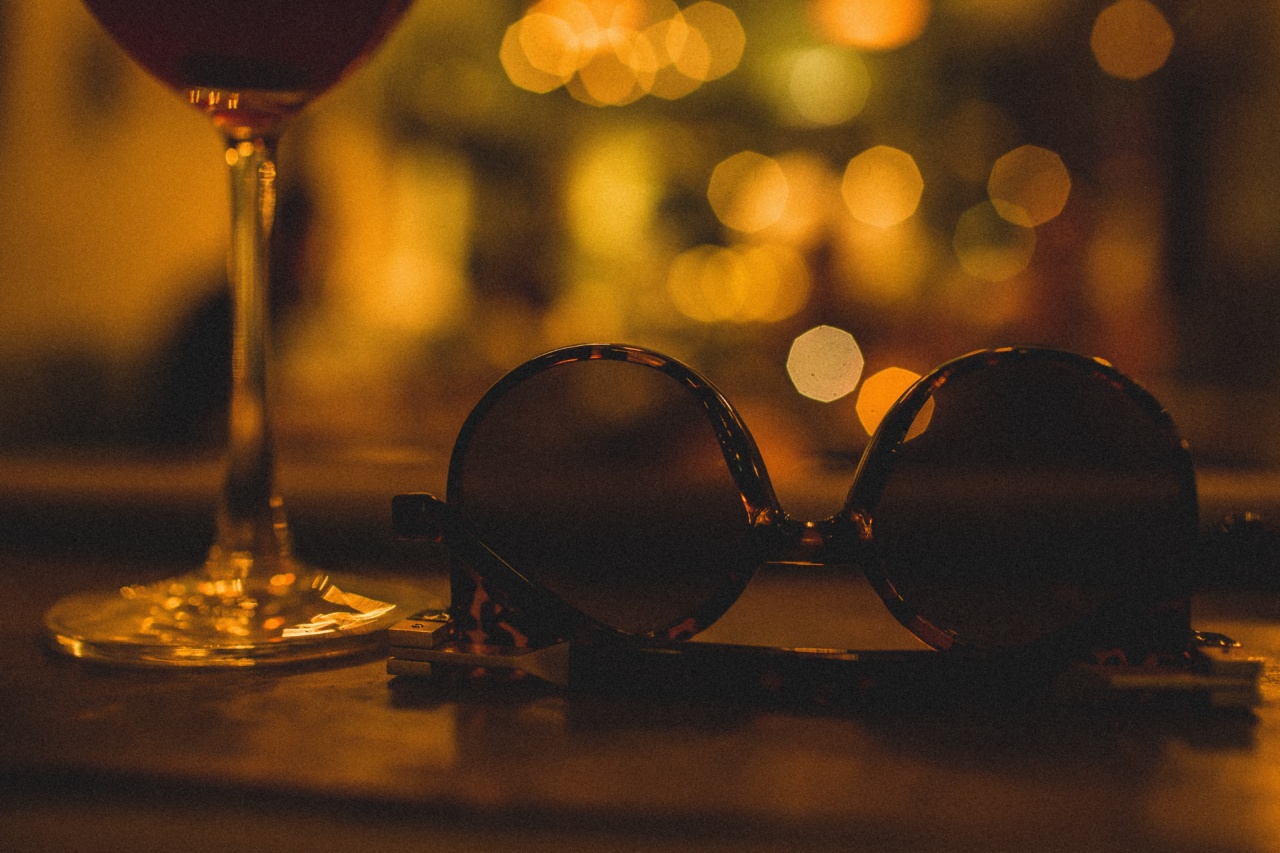Artificial lighting has become an indispensable part of our life. It is prevalent in our homes, workplaces, and public spaces. However, the advent of modern lighting has also introduced negative effects on the human body, especially on our health.
This article will discuss the various effects of artificial light on our health and what we can do to minimize them.
Blue Light and Sleep Disturbances
One of the most significant effects of artificial light is its impact on our sleep patterns.
Exposure to blue light, which is produced by electronic devices and LED lighting, can disrupt our circadian rhythm by suppressing the production of melatonin in the body. A disrupted circadian rhythm can lead to sleep disturbances, such as insomnia and difficulty falling asleep.
Headaches and Migraines
Artificial light sources can also cause headaches and migraines, particularly in people who are susceptible to them. Studies have shown that fluorescent lighting, in particular, can trigger headaches and migraines.
The flicker of fluorescent lighting can cause eye strain and visual discomfort, which can lead to headaches or migraines.
Eye Strain and Fatigue
Most people spend extended periods in front of digital screens, such as computers, tablets, and smartphones. This prolonged exposure can cause eye strain and fatigue, which can lead to blurred vision, dry eyes, and headaches.
Additionally, the blue light emitted from these devices can cause eye strain and have a detrimental effect on sleep patterns, as we mentioned earlier.
Increased Risk of Obesity and Diabetes
Researchers have found a correlation between artificial light exposure at night and an increased risk of obesity and type 2 diabetes.
Studies have shown that even small amounts of light exposure during sleep can disrupt the production of hormones responsible for regulating glucose metabolism and appetite. These hormonal imbalances can lead to insulin resistance, weight gain, and eventually type 2 diabetes.
Impact on Mental Health
Evidence suggests that exposure to artificial light can have a negative impact on mental health. Studies have found a correlation between nighttime light exposure and depression.
The disruption of the circadian rhythm and melatonin production can cause mood disturbances and lead to depression and anxiety.
What Can We Do to Minimize the Effects of Artificial Light?
While it may seem impossible to avoid artificial light sources in our daily lives, there are steps we can take to minimize their effects on our health.
Replace High-Energy Light Bulbs with Lower-Energy Alternatives
Replace incandescent bulbs with LEDs, which are known to produce less blue light and emit less heat.
Limit Exposure to Artificial Light Before Bed
Avoid exposure to bright light sources before bed, such as electronic devices and bright overhead lights.
Use Nighttime Lighting Appropriately
Use lower light sources, such as warm-colored bulbs or dimmer switches, in the hours leading up to sleep or during the night.
Take a Break from Screens Regularly
Take regular breaks from digital screens to reduce eye strain and fatigue. The 20-20-20 rule suggests taking a 20-second break every 20 minutes and looking 20 feet away.
Get Adequate Exposure to Natural Light
Spending time outdoors and exposing yourself to natural light can help regulate the circadian rhythm and improve sleep patterns.
Conclusion
While artificial light sources have become an essential part of our modern lives, they can have negative effects on our health if we are not careful.
However, there are steps we can take to minimize these effects and reduce our exposure to artificial light when possible. By understanding the risks associated with artificial light, we can make informed decisions about how to protect our health and well-being.































